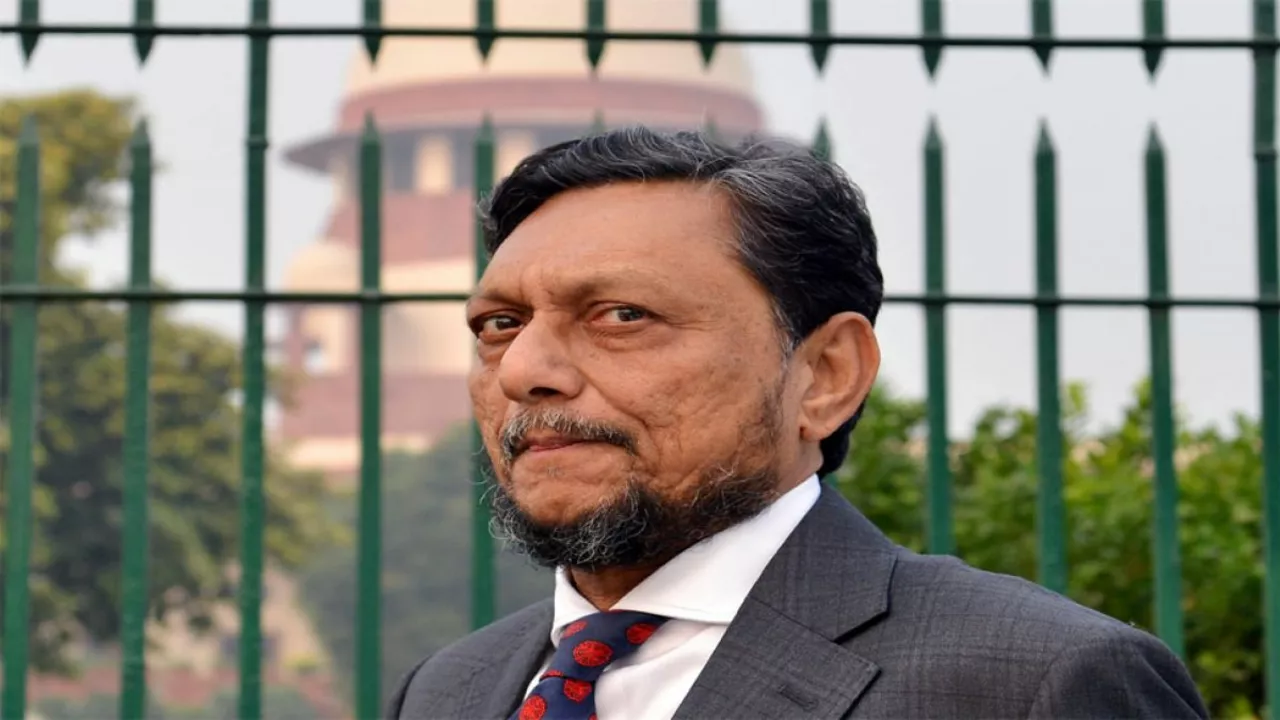Indian Judiciary Explained: How the Courts Affect Everyday India
Ever wondered why a court ruling shows up in the news or why you sometimes need a lawyer for a simple dispute? The answer lies in India’s judicial system – a network of courts that interpret laws, protect rights, and keep the government in check. In this guide we’ll break down the basics, point out why the judiciary matters to you, and highlight recent changes that could reshape the legal landscape.
Structure of the Indian Judicial System
The Indian judiciary has three main layers. At the top sits the Supreme Court, the final authority on constitutional matters. Below it are the High Courts, one for each state or group of states, handling appeals and important civil and criminal cases. The third tier includes District Courts and lower tribunals that deal with everyday issues like property disputes, family law, and traffic violations.
Each level has a clear role. The Supreme Court decides on big‑picture questions – like whether a new law violates the Constitution – and settles disputes between states. High Courts watch over the lower courts in their region and can overturn decisions that don’t follow the law. District Courts are the front line, where most citizens first see a judge.
Judges are appointed differently at each level. Supreme Court judges are chosen by a collegium of senior judges, while High Court judges are selected by the President after consulting the collegium. District judges usually rise through the civil services or are promoted from lower courts. This mix aims to keep the bench independent and knowledgeable.
Why the Judiciary Matters to You
Even if you’re not a lawyer, court rulings shape everything from the price you pay for food to the safety of your online data. Think about the recent Supreme Court verdict that reinforced the right to privacy – that decision influences how companies handle your personal information. Or consider a High Court order that changes a city’s zoning rules; it can affect where new homes are built and how traffic flows.
When courts enforce consumer protection laws, you get refunds for defective products. When they uphold labor rights, you get fair wages and safe working conditions. In short, the judiciary acts as a watchdog that balances power between the government, businesses, and citizens.
Staying informed helps you act when your rights are at stake. If you receive a legal notice, knowing which court handles your case can speed up the process. If a new law is announced, checking whether the Supreme Court has reviewed it can give you a sense of its durability.
Recent reforms aim to make the system faster and more transparent. The introduction of e‑courts lets you file petitions online, track case status, and even attend hearings via video. Fast‑track courts are tackling backlog in areas like sexual assault and environmental disputes. These changes mean you can expect quicker resolutions and less paperwork.
However, challenges remain. Cases can still take years to resolve, and access to quality legal aid is uneven across the country. Civil society groups are pushing for more public defenders and better legal education to bridge the gap.
Understanding the Indian judiciary gives you a clearer picture of how laws turn into everyday reality. Whether you’re a student, a small business owner, or just someone reading the news, knowing which court does what, why their decisions matter, and what reforms are underway helps you navigate life with confidence.
Keep an eye on major rulings, use online court services when you can, and don’t hesitate to seek legal advice if something feels off. The courts are there to protect you – and the more you know, the better you can benefit from that protection.
Legal News

CJI Bobde recommends Justice Ramana as his successor?
In a significant move, Chief Justice of India, Sharad Arvind Bobde, has recommended Justice N.V Ramana as his successor. This recommendation comes in line with the norms of seniority. If approved, Justice Ramana will become the 48th Chief Justice of India. This is a crucial moment in India's judiciary and will shape the future course of its judicial landscape. The final decision, however, rests with the President of India, who makes the official appointment.